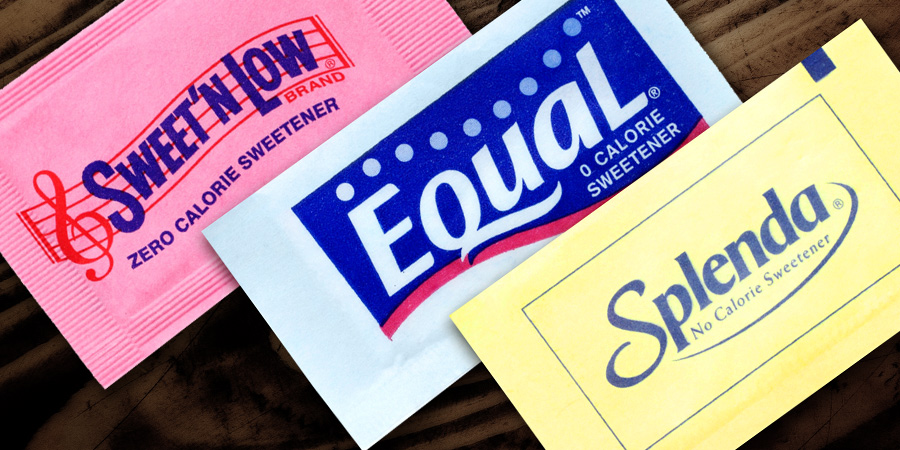A small Australian study determined that administration of a blend of 92 mg of sucralose and 52 mg of Ace K in a capsule to 27 adults for 2 weeks increased the rate of glucose absorption from other foods/beverages in subsequent meals leading to a transient increase in blood glucose levels.
Intense sweeteners are diverse group of chemical substances that are hundreds of times sweeter than naturally occurring sweeteners like sugar(sucrose). Our food laws prohibit their addition to the food supply in pure form – they must be diluted to an intensity that is equivalent to the sweetness of the sugars they are replacing. In other words, only very small amounts of any of the intense sweeteners allowed in our food supply are found in our foods and beverages.
Our most recent sweetener survey determined that the average Australian consumed 11 mg of sucralose per day. The 90th centile of intake in consumers was 66 mg per day. Similarly, the average Australian consumed 33 mg of Ace K per day. The 90th centile of intake in consumers was 72 mg per day. So the dose of sucralose and Ace K given to each person in the trial was far more than what the average Australian consumes and it was in a pure undiluted form – not the way humans normally consume it. For sucralose, it was far more than what 90% of Australians consume.
So while the results of this short trial are interesting and warrant further investigation, we should not conclude that normal consumption of all intense sweeteners increases the risk of type 2 diabetes. The overall body of evidence indicates that when consumed in realistic amounts, intense sweeteners as a class are safe and an effective substitute for added sugars in foods and beverages.



